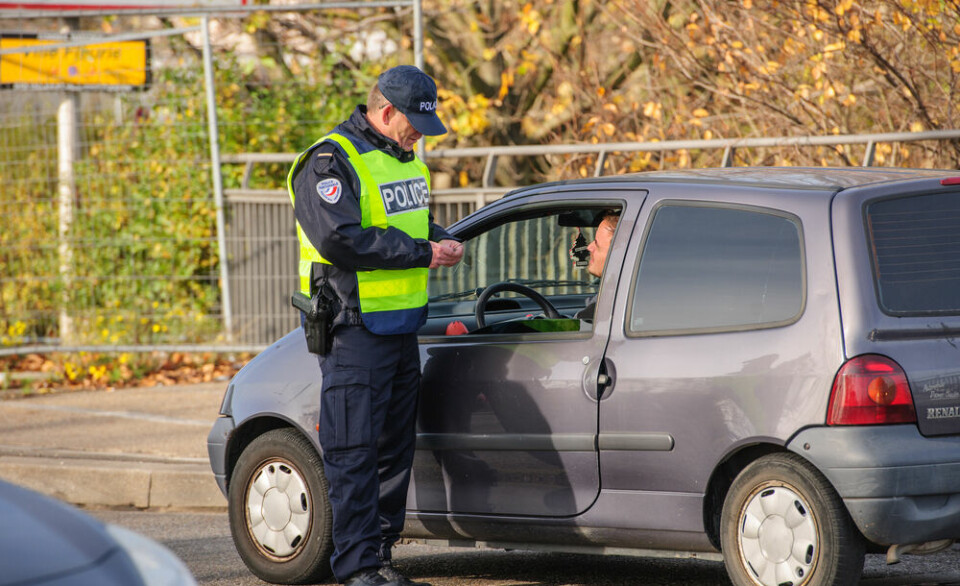-
Martel: the medieval French town home to a 'truffle' train and lavender festival
The small town in the Lot offered refuge to an English throne heir until his death
-
Brittany lighthouse lens removal leads to public outcry
A petition gained over 20,000 signatures, highlighting the ongoing battle over the buildings' heritage in France
-
How France looks after its historical treasures
Emmanuel Pénicaut, director of collections at Mobilier national, explains the organisation’s vital role
Belfort remained French thanks to heroic locals
A look at the cultural history of a French region bordering on Switzerland and Germany
The Territoire de Belfort in the Bourgogne-Franche-Comté region near to the Swiss and German borders is the smallest department outside Paris. Its 145,000 residents are immensely proud of being Belfortains because they were the only part of Alsace, which was not annexed by Germany in the Prussian wars.
This was because the inhabitants of the city held out during a three-month siege which lasted 103 days from November 3, 1870 to February 18, 1871. The Territoire de Belfort has always been a target for invaders as it is strategically placed in a natural gap between the Vosges and the Jura.
Colonel Denfert-Rochereau was in charge. He consolidated the fortifications of the imposing citadel in the city and gathered together a garrison of 15,000 men, of which only 3,500 were actual soldiers. When the Prussian armies surrounded the city they gave the Colonel the chance to surrender. He replied:
“We are aware of our duty towards France and the Republic and are resolved to respect it.”
In response the Prussians began to bombard Belfort with 200 cannons. It is said that 40,000 cannon balls were fired into the city.
On January 28 an armistice was signed between France and Prussia but the city still refused to give up as a matter of honour, while the enemy army was still in place. Eventually, 21 days later the French ordered the Colonel to evacuate his troops, and the Prussians entered the town to find the roads deserted and the shutters on the windows closed. 5,000 soldiers and 340 civilians died during the siege.
On May 10, 1871, the Treaty of Frankfurt was signed and Alsace and north Lorraine were given up to Germany. However, due to its valiant resistance the French were able to negotiate to keep the territory of Belfort. It was declared a department, some years later, in 1922.
In honour of the victory the sculptor, Auguste Bartholdi, who is famous for having designed the Statue of Liberty, was chosen to create a monument in memory of the siege. He came up with, what is possibly the largest statue of a lion in the world. It is 11 metres high and 22 metres long, and is built in red sandstone and has guarded the town since 1880, in such a position so that it has its back to Germany. There is a copy, a third of its size in the Place Denfert-Rochereau in the 14th arrondissement in Paris. Colonel Denfert-Rochereau was nicknamed the Lion of Belfort and the symbol of the city is a lion.
Bartholdi’s lion has inspired a vast range of products in the city including lion beer and eau du lion and there are several effigies from door knockers to sculptures. If you visit Belfort you can take part in a trail to track down the 150 figures of the king of beasts hidden around the city.
























